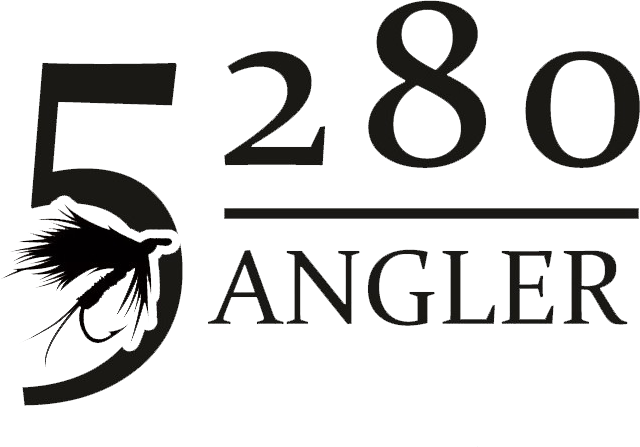
Lately on my guide trips I’ve found myself asking clients to simplify their casting by seeing the fly rod as a simple tool, like a hammer, and not to overcomplicate the casting stroke. As a carpenter I noticed there is a strong connection between the natural, simple swing of a hammer, and the casting motion I ask my clients to utilize when nymph fishing.
Simpler is Better:
I am like many fly anglers – fooling a trout to take a dry fly off the surface is the ultimate expression of fly fishing, but there is no question that on many of our larger Colorado rivers, nymphing is the bread & butter technique to trick a lot of fish. Trout naturally feed the majority of their lives sub-surface, so drifting a weighted nymph rig under an indicator is the ticket a lot of the time, and when nymph fishing, “simpler is better”. This means the casting doesn’t need to be complex or difficult. Most of the time a tension cast, or water loaded cast, will accurately deliver your flies to a target in most situations.
When working with beginners, and even some seasoned anglers, the technique I prefer and teach for casting nymph rigs is very similar to the motion of swinging of a hammer. And like any tool, it’s important to understand how to effectively and efficiently use the fly rod when rolling out a standard, weighted, two-fly nymph set-up under an indicator.
The Grip:
One of the most important parts of any tool is the grip. This is true for axes, hammers and fly rods are no exception. The grip of a fly rod should be comfortable, not too large in diameter or narrow, or too firm or soft. I’ve made a point of carrying a variety of rods on my guide trips just for this reason. Sometimes it takes a “second opinion” to find the right rod fit for a client. When gripping the handle of a rod, think of shaking hands with a friend – firm and not too tight or too light. Over gripping and under gripping aren’t good either and can lead to inaccurate casts and eventual hand fatigue. Make your grip with your thumb on top of the handle pointed towards the tip of the rod. To help locate the correct hand position along the handle, perform a simple test: Release your grip, but keep your index finger on the bottom of the handle. The rod should somewhat balance on the trip of the finger. If it doesn’t reposition your grip.
Casting – Rolling Rigs:
Like swinging a hammer at a nail, identify your target, use the correct amount of force, and follow through with a smooth stroke. First, choose your target. This could be, for example, a riffle or seam in the river you identify as looking particularly “fishy”. As you lift your rod tip towards 12:00 start accelerating your stroke towards the target. Don’t be afraid to use some real force. The rod was designed to flex and transfer your arm’s kinetic energy along the rod, through the tip, along the line and eventually to the fly. You need enough force clear the line and nymph rig from the water and punch through any breeze you may be facing. Forcefully swing your rod towards your target, following through with the thumb directed at the target. It is especially important to follow through smoothly for the best accuracy. Senior Guide Ben Helgeson wrote about this in a previous blog , “First cast Best cast”. Make sure to set up your cast stroke in a most efficient and powerful way to deliver your flies ACCURATELY to your target in the 1st cast. You almost can’t use too much energy to deliver a nymph rig, but too little can produce unwanted results. If you have to attempt three or four times to finally hit your target you may end up spooking fish, or just tiring out after a few hours on the water.
Let the River Work for You:
It is best to utilize the momentum of the river to aid in casting whenever possible. This is especially true when nymphing. At the end of your drifts allow the water to load the line downstream from you and build up the potential energy needed to make the next cast. To make a baseball analogy, let the river “wind up” your cast for you. All that is needed next is to raise the rod and make a powerful downward stroke towards the target. This cast is sometimes called a tension cast, or water loaded cast. It is used almost entirely when nymphing from the bank.
There are many styles of casting and a lot of practice is needed to develop your skills at all of them, but fundamentally the basics of a cast should be simple, especially the nymph cast. It’s like swinging a hammer: Grip your rod, Pick a target, “Wind Up”, Swing with a smooth stroke, and Follow through. When you can deliver your nymphs accurately, I promise your hook ups will increase dramatically. Good luck and see you on the river!
Senior Guide 5280 Angler
